Solar Panel How It Works?
Solar panels, also known as photovoltaic (PV) panels, are devices that convert sunlight into electricity. They are a key component in the growing field of renewable energy, offering a sustainable alternative to fossil fuels. Understanding how solar panels work can help individuals and businesses make informed decisions about adopting this technology. This article will delve into the science behind solar panels, their components, the process of energy conversion, and practical considerations for their use.
The Science Behind Solar Panels

At the heart of a solar panel is the photovoltaic effect, a process by which light energy is converted into electrical energy. This phenomenon was first observed by French physicist Edmond Becquerel in 1839. The photovoltaic effect occurs when photons, the basic units of light, strike a semiconductor material, typically silicon, within the solar cells of the panel. This interaction releases electrons, creating an electric current.
Components of a Solar Panel
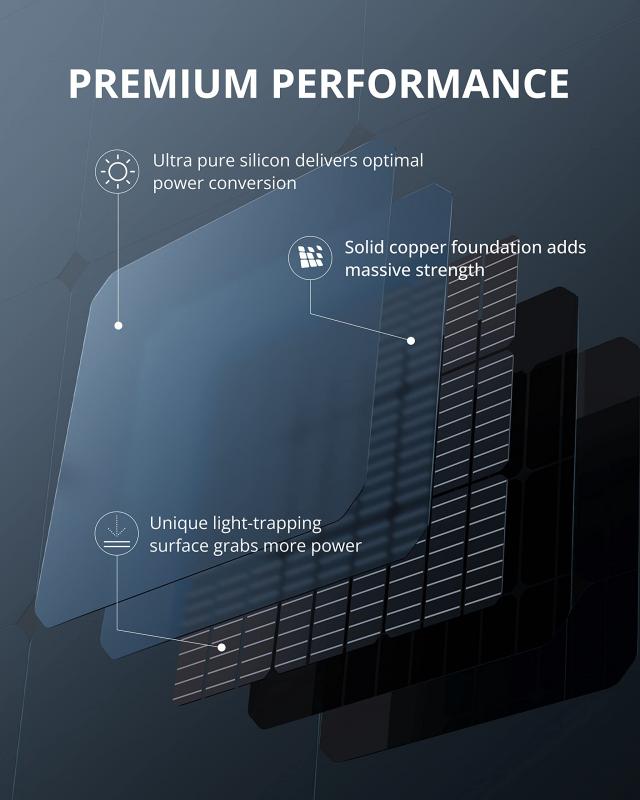
A typical solar panel consists of several key components:
1. Solar Cells: These are the fundamental units that perform the photovoltaic conversion. Each cell is made of semiconductor materials, usually silicon, which are treated to create an electric field.
2. Glass Cover: This protects the solar cells from environmental damage while allowing sunlight to pass through.
3. Encapsulant: This is a layer of protective material that cushions the solar cells and ensures durability.
4. Back Sheet: This is the bottom layer that provides structural support and protection from moisture and other environmental factors.
5. Frame: Usually made of aluminum, the frame holds the entire panel together and allows for easy mounting.
6. Junction Box: This is where the electrical connections are made, and it often includes diodes to prevent reverse current flow.
The Process of Energy Conversion
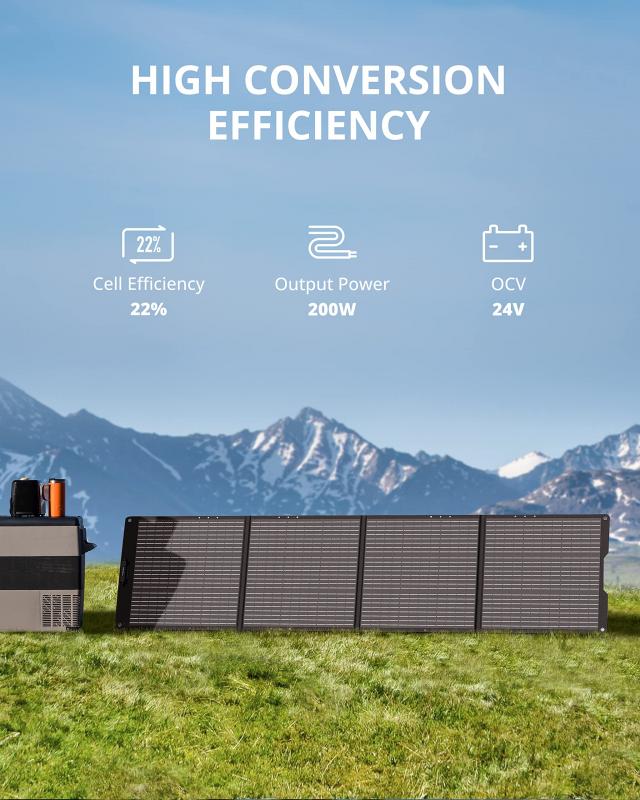
The process of converting sunlight into electricity involves several steps:
1. Photon Absorption: When sunlight hits the solar panel, photons are absorbed by the semiconductor material in the solar cells.
2. Electron Excitation: The energy from the photons excites electrons in the semiconductor, causing them to break free from their atoms.
3. Electric Field Creation: The design of the solar cell includes an electric field that directs these free electrons towards metal contacts, creating an electric current.
4. Current Collection: The metal contacts collect the electrons and transfer them through wires as direct current (DC) electricity.
5. Inversion to AC: Since most homes and businesses use alternating current (AC), the DC electricity is passed through an inverter to convert it to AC.
6. Power Distribution: The AC electricity is then used to power electrical devices or fed into the electrical grid.
Types of Solar Panels
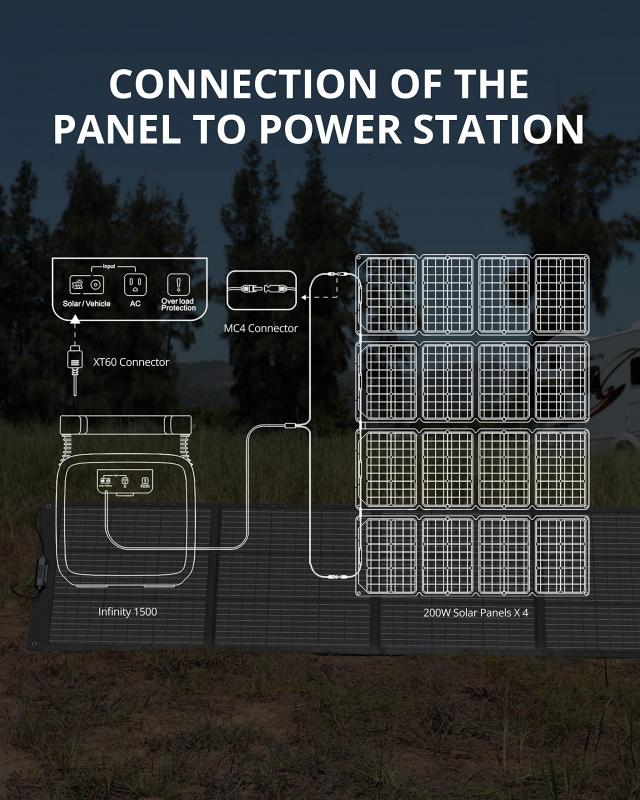
There are several types of solar panels, each with its own advantages and disadvantages:
1. Monocrystalline Solar Panels: Made from a single crystal structure, these panels are highly efficient and space-efficient but tend to be more expensive.
2. Polycrystalline Solar Panels: Made from multiple crystal structures, these panels are less efficient than monocrystalline panels but are more affordable.
3. Thin-Film Solar Panels: These are made by depositing one or more layers of photovoltaic material onto a substrate. They are less efficient but are lightweight and flexible, making them suitable for a variety of applications.
Practical Considerations
When considering the installation of solar panels, several practical factors need to be taken into account:
1. Location and Sunlight Exposure: The efficiency of solar panels depends on the amount of sunlight they receive. Locations with high solar irradiance are ideal for solar panel installations.
2. Roof Condition and Orientation: The condition and orientation of the roof can significantly impact the performance of solar panels. South-facing roofs with a tilt angle that matches the latitude of the location are generally the most effective.
3. Energy Needs: Assessing the energy needs of a home or business is crucial to determine the number and type of solar panels required.
4. Cost and Incentives: The initial cost of solar panels can be high, but various government incentives, rebates, and financing options can make them more affordable.
5. Maintenance: Solar panels require minimal maintenance, but regular cleaning and periodic inspections can help maintain their efficiency.
Environmental and Economic Benefits
The adoption of solar panels offers numerous environmental and economic benefits:
1. Reduction in Carbon Footprint: Solar panels generate electricity without emitting greenhouse gases, helping to reduce the overall carbon footprint.
2. Energy Independence: By generating their own electricity, individuals and businesses can reduce their reliance on the grid and protect themselves from rising energy costs.
3. Job Creation: The solar industry has created numerous jobs in manufacturing, installation, and maintenance.
4. Increased Property Value: Homes and businesses with solar panel installations often see an increase in property value.
Challenges and Future Prospects
Despite the many benefits, there are challenges associated with solar panel adoption:
1. Intermittency: Solar panels only generate electricity when the sun is shining, which can be a limitation in areas with less sunlight or during nighttime.
2. Energy Storage: Effective energy storage solutions, such as batteries, are needed to store excess energy generated during the day for use at night or during cloudy periods.
3. Initial Cost: The upfront cost of solar panel installation can be a barrier for many individuals and businesses.
However, advancements in technology and decreasing costs are making solar panels more accessible. Research is ongoing to improve the efficiency of solar cells, develop better energy storage solutions, and integrate solar power with other renewable energy sources.
Solar panels represent a promising solution to the world's energy challenges. By harnessing the power of the sun, they offer a clean, renewable, and increasingly affordable source of electricity. Understanding how solar panels work, their components, and the practical considerations for their use can help individuals and businesses make informed decisions about adopting this technology. As advancements continue and costs decrease, solar panels are likely to play an increasingly important role in the global energy landscape.



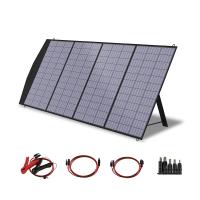
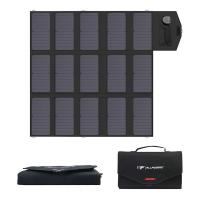
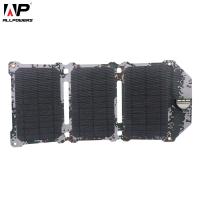
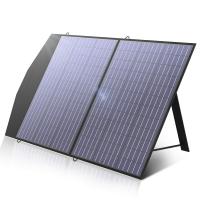


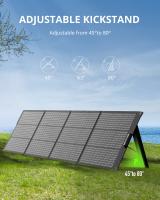

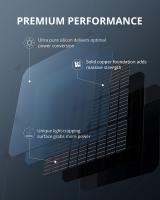
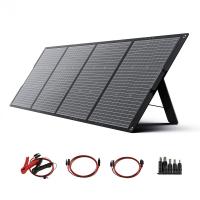



There are no comments for this blog.